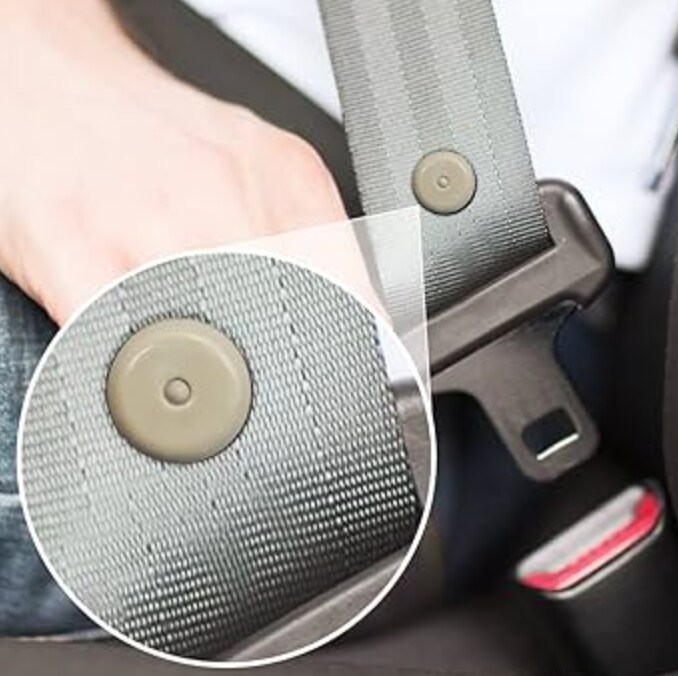

The functionality of the stop button on a seat belt is rooted in physics and practicality. At first glance, it may seem like an insignificant piece of plastic attached to the strap, but its purpose is vital. Essentially, there are two main buttons on most seat belts: one near the latch plate itself and another higher up towards where the shoulder meets the strap. These buttons work harmoniously to prevent excessive movement of the metal latch plate when not in use. Specifically, they ensure that the latch plate doesn't slip too far down towards the floor or move too high up towards your shoulder, which could cause inconvenience or even hinder proper usage during emergencies.
From a convenience standpoint, these buttons save users from constantly adjusting their seat belts each time they enter their vehicle. Imagine having to manually slide your latch plate back into position every time you wanted to buckle up—it would be frustrating at best and potentially dangerous at worst if adjustments had to be made quickly during an emergency stop. Thanks to these stop buttons' clever placement along the strap, drivers can rely on their seat belts being ready for action without any additional hassle.
Safety is always paramount when it comes to automotive design features, and these tiny buttons are no exception. In fact, their presence can significantly impact how effectively a seat belt functions during a crash event. If a latch plate were allowed too much freedom of movement along the strap due to missing or broken stop buttons, it might not secure properly across one's body upon impact. This could reduce protection levels provided by this critical safety device—a risk no driver should take lightly.
Safety is always paramount when it comes to automotive design features, and these tiny buttons are no exception. In fact, their presence can significantly impact how effectively a seat belt functions during a crash event. If a latch plate were allowed too much freedom of movement along the strap due to missing or broken stop buttons, it might not secure properly across one's body upon impact. This could reduce protection levels provided by this critical safety device—a risk no driver should take lightly.